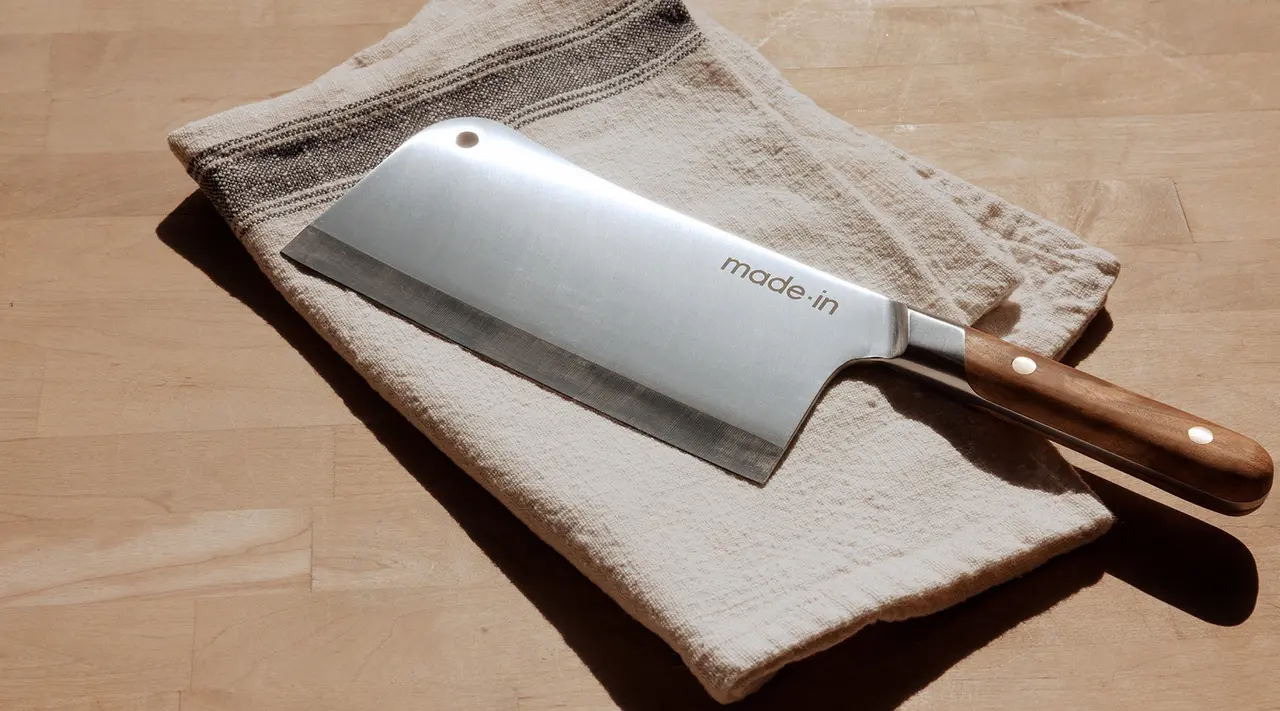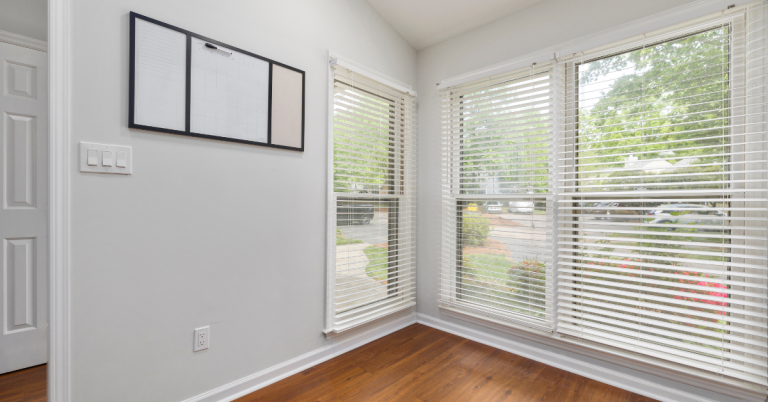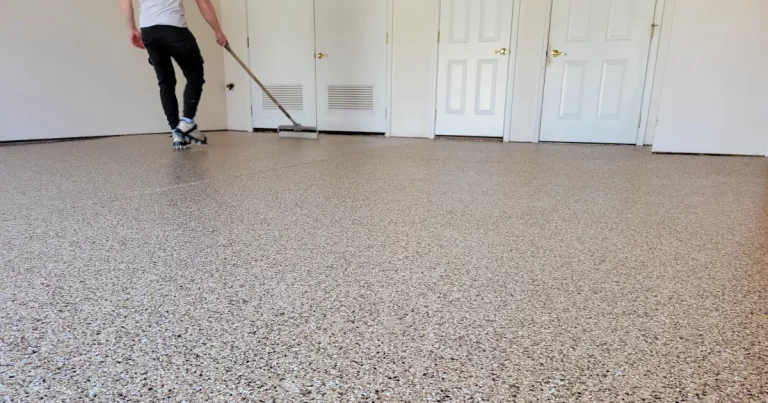How to Safely Use a Cleaver Knife: Techniques and Precautions
A cleaver knife is a powerful and versatile tool in the kitchen, ideal for chopping through bones, cutting meat, and even slicing vegetables. However, its size and weight require careful handling to ensure safety and efficiency. This guide provides essential techniques and precautions for safely using a cleaver knife.
Understanding the Cleaver Knife
Features of a Cleaver Knife
- Blade: Wide, rectangular, and heavy, designed for powerful chopping and cutting.
- Handle: Sturdy and ergonomic, providing a secure grip for controlled use.
- Weight: Heavier than most kitchen knives, aiding in cutting through tough materials with minimal effort.
Proper Techniques for Using a Cleaver Knife
Grip
- Secure Grip: Hold the handle firmly with your dominant hand, wrapping your fingers around it for a secure grip.
- Pinch Grip: Place your thumb and index finger on the blade’s spine for better control and stability.
Stance and Positioning
- Stable Base: Stand with your feet shoulder-width apart for a stable base.
- Cutting Board: Use a sturdy cutting board made of wood or plastic. Avoid using hard surfaces like glass or stone.
Cutting Techniques
Chopping
- Place the Food: Position the food item on the cutting board.
- Guide the Blade: Hold the cleaver with a firm grip and bring the blade down in a controlled motion, letting the weight of the cleaver do the work.
- Follow Through: Ensure the blade follows through the food item completely to avoid partial cuts.
Slicing
- Secure the Food: Hold the food item firmly with your non-dominant hand, keeping your fingers curled to avoid contact with the blade.
- Controlled Motion: Use a rocking motion, keeping the tip of the blade in contact with the cutting board while slicing through the food.
Mincing
- Position the Cleaver: Place the blade’s edge on the food item.
- Rocking Motion: Use a rocking motion to mince herbs, garlic, or other small items, moving the cleaver back and forth while keeping the tip anchored.
Precautions for Safe Use
Hand Placement
- Keep Fingers Safe: Always keep your fingers curled inward on the non-dominant hand to prevent accidental cuts.
- Use a Claw Grip: Hold the food with a claw grip, tucking your fingertips under your knuckles.
Control and Focus
- Avoid Distractions: Stay focused and avoid distractions while using the cleaver to prevent accidents.
- Controlled Force: Apply controlled force rather than excessive power to maintain control and prevent slips.
Proper Handling
- Carry with Care: When carrying the cleaver, hold it by the handle with the blade pointing downward and away from your body.
- Pass Safely: When passing the cleaver to someone else, offer the handle first.
Maintenance and Care
- Keep It Sharp: A sharp cleaver is safer and more efficient. Regularly sharpen the blade to maintain its edge.
- Clean Immediately: Clean the cleaver immediately after use to prevent food particles from drying on the blade.
- Dry Thoroughly: Dry the blade thoroughly after washing to prevent rust and maintain its condition.
Conclusion
Using a cleaver knife safely requires proper techniques, focus, and precautions. By mastering the correct grip, stance, and cutting methods, and by taking appropriate safety measures, you can effectively and safely utilize this powerful kitchen tool. Regular maintenance and mindful handling will ensure your cleaver remains a reliable and safe tool in your culinary endeavors






